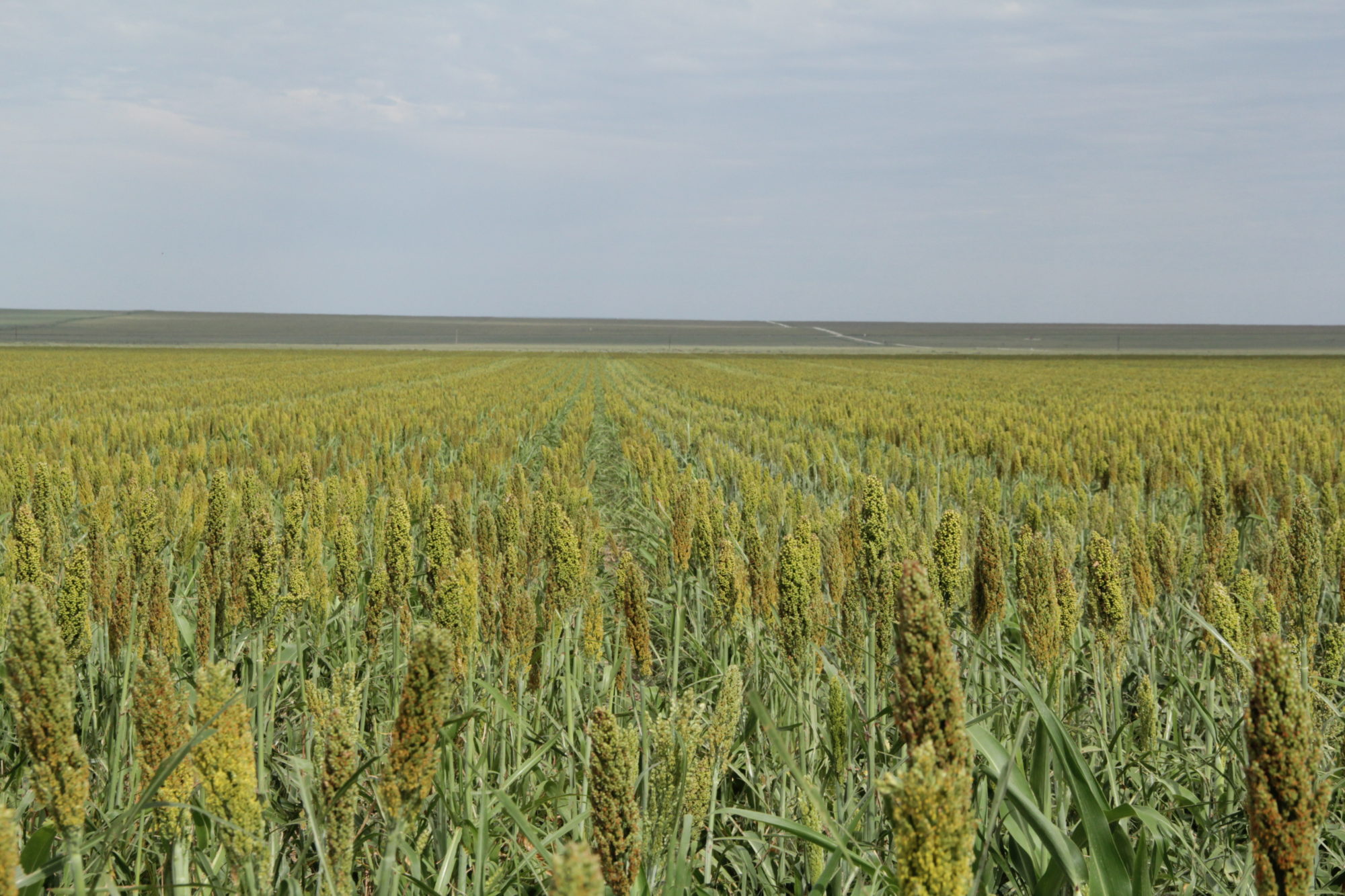When agricultural disasters occur, the federal government has traditionally responded in one of two ways: ad-hoc disaster payments or assistance in purchasing federal crop insurance. For nearly two decades the preferred delivery mechanism for a majority of agricultural products has been the federal crop insurance program. Ad-hoc payments do still occur, especially for commodities not widely covered by crop insurance. Such was the case in 2018 following devastating hurricanes, droughts, floods and wildfires across parts of the U.S. in 2017.
However, as work on the 2018 farm bill ramps up, it’s appropriate to review the benefits of federal crop insurance programs compared to ad-hoc disaster payments.
Tuesday’s Market Intel update compares the farm safety net protection provided by crop insurance to ad-hoc disaster payments, and reveals a negative correlation between the need for ad-hoc disaster assistance and the use of crop insurance tools.
Read the entire AFBF Market Intel Report here.




